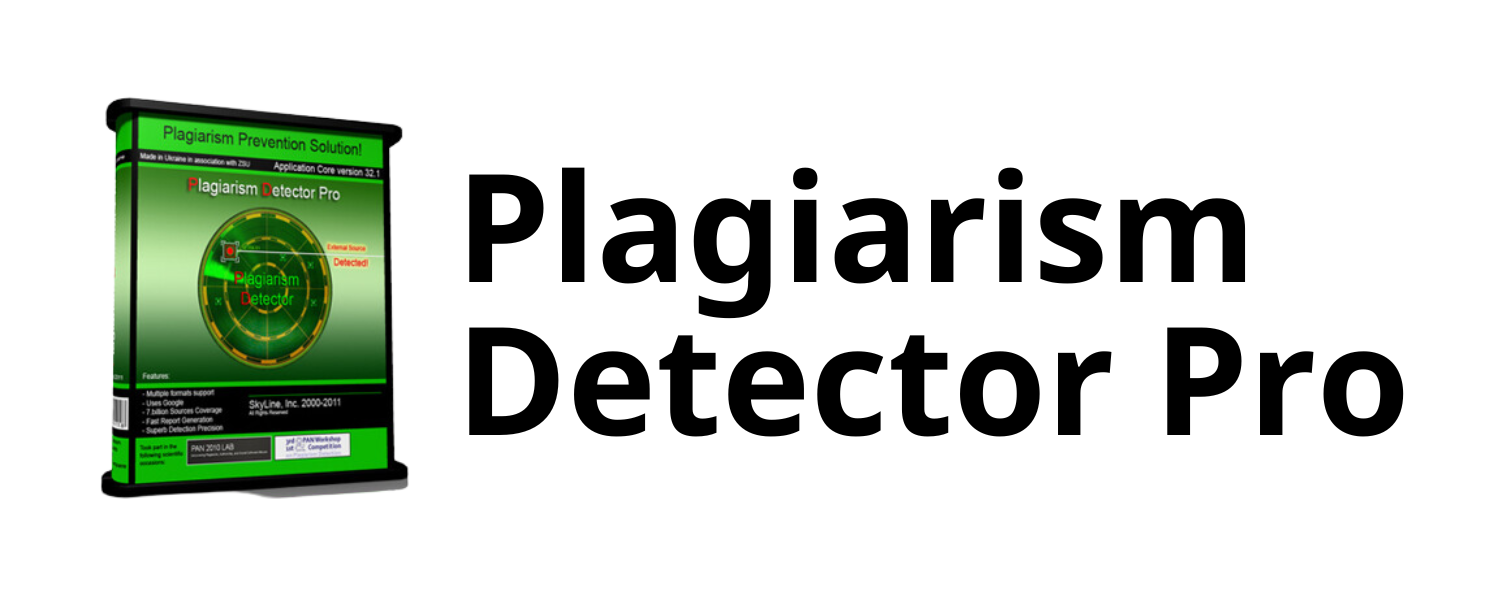Impact of Inflation on Consumer Spending Habits and its General Implications in Sub-Saharan Africa
DOI:
https://doi.org/10.58812/wsbm.v3i02.1826Keywords:
inflation, consumer behavior, sub-Sahara africaAbstract
Inflation, as a fundamental economic phenomenon, plays a pivotal role in shaping the economic landscape of regions worldwide. Sub-Saharan Africa, known for its economic diversity and unique socio-economic challenges, is no exception. This essay delves into an exploration of inflation within the context of Sub-Saharan Africa, offering a comprehensive analysis of its dynamics, determinants, and implications. By understanding inflation's multifaceted nature and its impact on the region's socio-economic dynamics, policymakers, economists, and stakeholders can make informed decisions aimed at achieving sustainable economic growth and development.
References
[1] Agbeyegbe, T. D., Stotsky, J., & WoldeMariam, A. (2006). Trade liberalization, exchange rate changes, and tax revenue in Sub-Saharan Africa. Journal of Asian Economics, 17(2), 261-284.
[2] Agyei, S. K., Isshaq, Z., Frimpong, S., Adam, A. M., Bossman, A., & Asiamah, O. (2021). COVID‐19 and food prices in sub‐Saharan Africa. African Development Review, 33, S102-S113.
[3] Akinlo, T., & Dada, J. T. (2021). The moderating effect of foreign direct investment on environmental degradation-poverty reduction nexus: evidence from sub-Saharan African countries. Environment, Development and Sustainability, 1-21.
[4] Arndt, C., McKay, A., & Tarp, F. (2016). Growth and poverty in sub-Saharan Africa (p. 528). Oxford University Press.
[5] Appiah, M., Ashraf, S., Tiwari, A. K., Gyamfi, B. A., & Onifade, S. T. (2023). Does financialization enhance renewable energy development in Sub-Saharan African countries?. Energy Economics, 125, 106898.
[6] Baloch, M. A., Khan, S. U. D., & Ulucak, Z. Ş. (2020). Poverty and vulnerability of environmental degradation in Sub-Saharan African countries: what causes what?. Structural Change and Economic Dynamics, 54, 143-149.
[7] Bleaney, M., & Francisco, M. (2016). Inflation and fiscal deficits in sub-Saharan Africa. Journal of African Economies, 25(4), 529-547.
[8] Chakamera, C., & Alagidede, P. (2018). Electricity crisis and the effect of CO2 emissions on infrastructure-growth nexus in Sub Saharan Africa. Renewable and Sustainable Energy Reviews, 94, 945-958.
[9] Diao, X., Hazell, P. B., Resnick, D., & Thurlow, J. (2007). The role of agriculture in development: Implications for Sub-Saharan Africa (Vol. 153). Intl Food Policy Res Inst.
[10] Ezeoha, A. E., & Cattaneo, N. (2012). FDI flows to sub-Saharan Africa: The impact of finance, institutions, and natural resource endowment. Comparative Economic Studies, 54, 597-632.
[11] Hufe, P., & Heuermann, D. F. (2017). The local impacts of large-scale land acquisitions: a review of case study evidence from Sub-Saharan Africa. Journal of Contemporary African Studies, 35(2), 168-189.
[12] Ibrahim, M., & Alagidede, P. (2018). Effect of financial development on economic growth in sub-Saharan Africa. Journal of Policy Modeling, 40(6), 1104-1125.
[13] IMF (2022). Regional Economic Outlook: Sub-Saharan Africa. October 2022.
[14] Jaeger, W., & Humphreys, C. (1988). The effect of policy reforms on agricultural incentives in sub-Saharan Africa. American Journal of Agricultural Economics, 70(5), 1036-1043.
[15] Jayne, T. S., Mather, D., & Mghenyi, E. (2010). Principal challenges confronting smallholder agriculture in sub-Saharan Africa. World development, 38(10), 1384-1398.
[16] Kaplinsky, R., McCormick, D., & Morris, M. (2007). The impact of China on sub-Saharan Africa.
[17] Khan, M.S., Senhadji, A.S., and Smith, B.D. (2001). Inflation and Financial Depth. IMF Working Paper No. 01/44.
[18] Kouladoum, J. C., Wirajing, M. A. K., & Nchofoung, T. N. (2022). Digital technologies and financial inclusion in Sub-Saharan Africa. Telecommunications Policy, 46(9), 102387.
[19] Ndikumana, L., & Boyce, J. K. (2003). Public debts and private assets: explaining capital flight from Sub-Saharan African countries. World development, 31(1), 107-130.
[20] Ngouhouo, I., Nchofoung, T., & Njamen Kengdo, A. A. (2021). Determinants of trade openness in sub-Saharan Africa: do institutions matter?. International Economic Journal, 35(1), 96-119.
[21] Nguyen, A. D., Dridi, J., Unsal, F. D., & Williams, O. H. (2017). On the drivers of inflation in Sub-Saharan Africa. International Economics, 151, 71-84.
[22] Odedokun, M. O. (1997). Dynamics of inflation in Sub-Saharan Africa: the role of foreign inflation, official and parallel market exchange rates, and monetary growth. Applied Financial Economics, 7(4), 395-402.
[23] Ogunniyi, A. I., Mavrotas, G., Olagunju, K. O., Fadare, O., & Adedoyin, R. (2020). Governance quality, remittances and their implications for food and nutrition security in Sub-Saharan Africa. World Development, 127, 104752.
[24] Omodero, C. O., Jones, E., & Ekundayo, O. (2023). Value added tax and household consumption in Sub-Saharan Africa: Evidence from Nigeria and South Africa. International Journal of Applied Economics, Finance and Accounting, 17(2), 305-316.
[25] Opperman, P., & Adjasi, C. K. D. (2019). Remittance volatility and financial sector development in sub-Saharan African countries. Journal of Policy Modeling, 41(2), 336-351.
[26] Oseni, I. O. (2016). Exchange rate volatility and private consumption in Sub-Saharan African countries: A system-GMM dynamic panel analysis. Future Business Journal, 2(2), 103-115.
[27] Reinhart, C., & Calvo, G. (1999). The consequences and management of capital inflows: lessons for Sub-Saharan Africa.
[28] Saxegaard, M. (2006). Excess liquidity and effectiveness of monetary policy: evidence from sub-Saharan Africa.
[29] Shawa, K. C. (2016). Drivers of private saving in sub-Saharan African countries. Journal of Economic Development, 41(2), 77.
[30] Wheeler, D. (1984). Sources of stagnation in sub-Saharan Africa. World development, 12(1), 1-23.
[31] Wudil, A. H., Usman, M., Rosak-Szyrocka, J., Pilař, L., & Boye, M. (2022). Reversing years for global food security: a review of the food security situation in sub-saharan africa (ssa). International Journal of Environmental Research and Public Health, 19(22), 14836.
[32] World Bank (2022). Commodity Markets Outlook. October 2022.
Downloads
Published
Issue
Section
License
Copyright (c) 2025 Segun Kehinde

This work is licensed under a Creative Commons Attribution-ShareAlike 4.0 International License.
























 Instagram
Instagram 